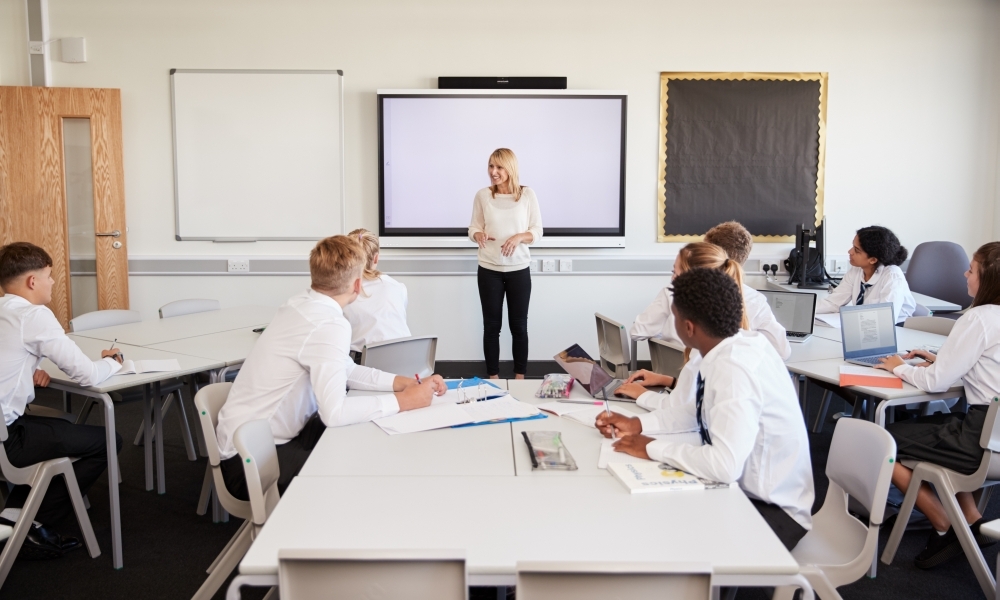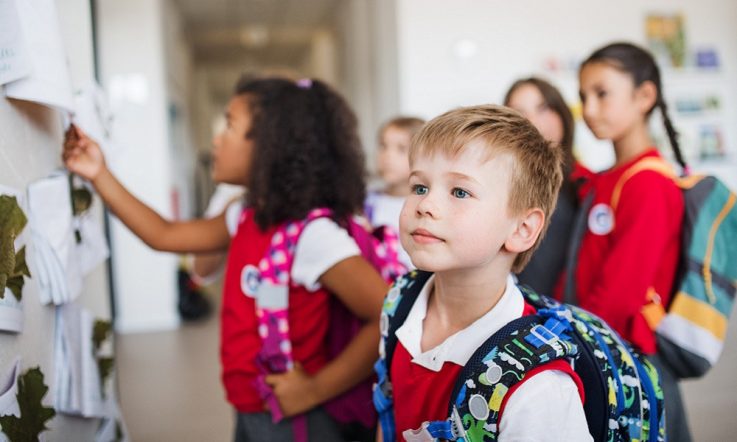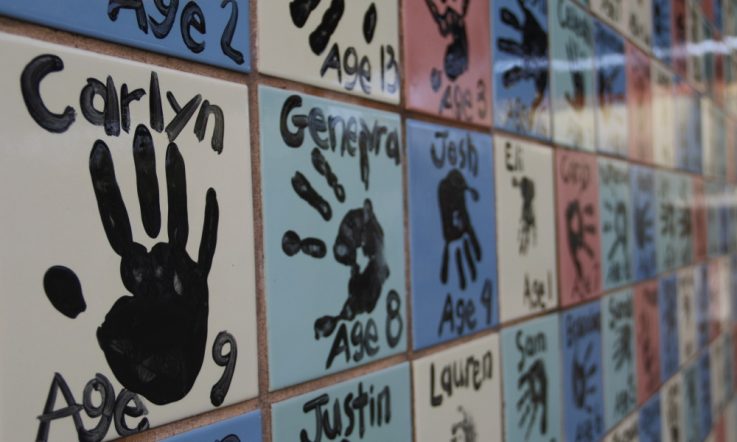When supporting students to effectively transition back to face-to-face learning after periods of learning from home, researchers have said educators should make catering for the potential needs of students their first priority. So, what might be some of the needs of students as they transition into this new schooling year following the unique disruption throughout 2020?
Associate Professor Dr Anne Coffey, from the University of Notre Dame Australia, researches early adolescents and their school experiences. She has researched the experiences of students during their transition from primary to secondary school (Chambers & Coffey, 2018), and says that while she hasn’t specifically researched the student transition process in a COVID-19 environment, the usual priorities educators have at this time will be just as important and effective.
‘… Whether you’re an adult or a young child, a transition is a fraught process,’ she tells Teacher. ‘And I think that’s important to realise that you can manage a transition in one context, you know, you can be quite resilient in one context and manage it really easily, and then fall in the heap when you’re being challenged in another respect. And I think this is the case with COVID.
‘I think there’s probably things that students have learnt, but that’s no guarantee that they’re going to cope well [transitioning this year].’
Building relationships and setting expectations
No matter the age of the students, in the first few weeks of the new school year, teachers’ main priorities tend to focus on building relationships and setting clear expectations. While the approaches used by teachers this year are likely to be similar to most ordinary years, it will be important to keep in mind the unique issues faced throughout 2020.
‘I think you just bear in mind the fact that the students have had quite a disruptive year, and bear that in mind in terms of the way you frame those discussions [about expectations]. But ultimately it will depend on the teacher and that particular group of students … I think definitely you start from scratch again every year, you just can’t expect to do everything the same way when the students are different.’
Some effective strategies to come from Coffey’s research on setting expectations and forming relationships include providing templates for completing homework which allow for flexibility in order to assist students with organisation, which is a possible hurdle for homework completion; and the use of cue cards by students during welcome activities at the beginning of the year, so they can express acute anxiety or stress – which provides a useful way for teachers to learn about new students and their triggers for anxiety.
Coffey adds that worldwide research indicates when students move from primary to secondary school, their main concerns are fitting in and making friends, so teachers should create multiple opportunities for students to get to know each other. Organisation also appears to be a common issue for these students as they try to adjust from having all of their classes with one teacher in one room, to a large campus where they need to move from room to room and carry different materials at different times of the day.
Coffey’s research also identified points of concern which occur after the traditional transition period has ended. For example, after the school holidays, students often need to be guided back into the routine of school, as it’s not uncommon for them to forget the expectations which were put in place.
‘Most of the parents raised this with me with in the research that I did, saying … even that first term holiday, you know, they have one term of school and then they go on holidays. And the parents in particular were saying … teachers really need to just take a step back and reinforce everything because kids forget,’ Coffey says.
‘So I think the perennial issues that students struggle with in that move from primary to secondary will face them again [this year] but it’s really important not to face it from a deficit model. Most of the kids are really excited about the move and even though the [Year 7] students I spoke to indicated “this is hard” and “this was hard”, but “we love it”. They love being in that bigger school environment.’
Pastoral care and mentoring
Another element to emerge from Coffey’s research is the important role of year level coordinators in this first year of secondary school.
‘The students and the parents concerned in the research talked at length about how good it was to have a go-to person and that was the year coordinator,’ Coffey explains. ‘Having that person … who the student identifies with, and it’s probably going to be the same person throughout their high school journey.’
This staff member, who has more of an opportunity to get to know students in comparison to classroom teachers who are getting to know hundreds of students in different classes each week, has proven to be effective for pastoral care and parent communication. They’re a single, familiar point of contact for new parents and students, which Coffey says is very important.
‘I think it’s really important for teachers to raise issues that they may detect with particular students with a year coordinator, because that person tends to get that information from everyone. Whereas me, as an individual high school teacher, I don’t know how that student is in another class unless I go and find out from all the teachers.’
When it comes to older students, like those in Year 11 and 12, Coffey says having a mentor is good practice. ‘They’re obviously mentoring them in a different way than for younger students, but having an adult mentor – who they check in with once a week – I think is really [important].’
References
Chambers, D., & Coffey, A. (2019). Guidelines for designing middle-school transition using universal design for learning principles. Improving Schools, 22(1), 29-42. https://doi.org/10.1177/1365480218817984
Associate Professor Dr Anne Coffey says parents and students in the research she conducted responded well to the support provided by year coordinators, particularly for students starting secondary school. For this upcoming year, think about how you collaborate with year level coordinators.
Is there room for you to be more effective and frequent in your communication with staff in this position? How could year coordinators better support you in the student transition process this year?



